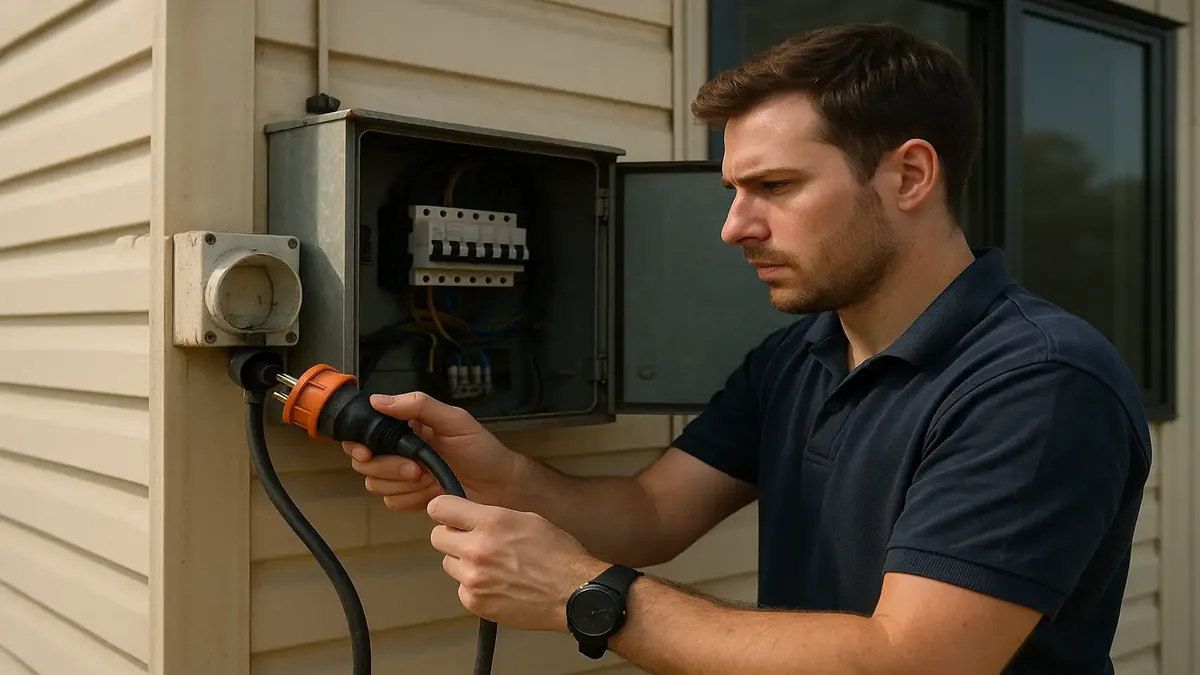The Underground IT Fix: How a Rookie Tech’s DIY Network Cable Dug Up More Than Connectivity

There’s nothing quite like the pride of solving a tough problem—especially when you’re new on the job, eager to impress, and ready to prove your worth. But sometimes, your ingenious solution turns out to be a bit too… creative for its own good. That’s exactly what happened to one greenhorn tech support worker in Australia, whose story of underground networking, legal oopsies, and a very understanding boss recently had Reddit’s r/TalesFromTechSupport in stitches.
Let’s journey back to the early 2000s, when WiFi was barely out of diapers, cables ruled the world, and one rookie’s can-do attitude met Australia’s strict cabling laws head-on.
Digging Deep for Connectivity (Literally)
Meet u/speddie23, the hero of our tale and, at the time, a fresh-faced IT support worker for an Australian council—think local government, but with more kangaroos. The council’s “works depot” needed more office space, so they plopped down a portable building. Electricity? Check. Data points? Oops.
In an era before WiFi blanketed every nook and cranny (remember 802.11b?), the only way to get network connectivity to the new office was physical cabling. No cable = no computers. The solution? Our rookie, flush with the newfound power of cable-crimping, suggested a classic Australian approach: “Let’s dig a trench!”
With the help of a trusty backhoe and some can-do depot staff, a humble network cable was soon snaking underground from the main building to the portable. A few crimps, a bit of dirt under the nails, and—voilà!—the new office was online. Mission accomplished, right?
The Law Comes Knocking (But Nicely)
Flushed with success, speddie23 marched back to the main office to report their triumph. But instead of a ticker-tape parade, they got a crash course in Australian cabling law.
Turns out, Australia doesn’t mess around with wiring—whether it’s electrical or data. You need to be a licensed cabler to legally install pretty much anything that goes in a wall, ceiling, or, in this case, underground. And that garden-variety network cable? Not remotely rated for direct burial. Think less “battle-hardened infrastructure,” more “earthworm snack.”
The boss, thankfully, didn’t bite the rookie’s head off. In fact, he was understanding, even a tad impressed by the gumption. But rules are rules, and the underground cable was now an illegal install. The solution? Pull it all up ASAP and call in a licensed pro.
Why the Fuss? (Or, How Not to Electrocute Yourself and Others)
For those outside Australia—or anyone who’s never pondered the legalities of cabling—this whole situation might seem a tad over the top. But there’s good reason for the strict rules. Improperly installed cables can cause electrical hazards, data interference, or even become a fire risk. Underground cables, in particular, need to be tough enough to withstand moisture, critters, and the shifting earth itself. “She’ll be right” doesn’t cut it when public safety is on the line.
By mandating licensed installers and proper materials, Australia’s laws help ensure that shortcuts don’t lead to disasters down the line. And while that means a little less DIY spirit, it also means fewer emergencies for future techs to untangle.
Lessons from the Trench
So, what can we take away from u/speddie23’s underground adventure?
- Good Intentions Aren’t Always Good Practice: Sometimes the “quick fix” is more trouble than it’s worth.
- Know the Rules: Especially in IT, where a well-meaning shortcut can violate laws or policies.
- Ask for Help: If you’re unsure, it never hurts to double-check with someone more experienced.
- Bosses Appreciate Gumption (and Honesty): A supportive boss can turn a rookie mistake into a valuable learning opportunity.
Conclusion: Have You Ever Dug Yourself a Hole?
In the world of tech support, sometimes you literally dig yourself into a mess! While u/speddie23’s story is a comedy of errors, it’s also a perfect example of learning on the job and the importance of doing things the right way—even if it means undoing your own handiwork.
Have you ever had a fix go hilariously sideways? Or learned a hard lesson about rules the unconventional way? Share your stories below—let’s all learn (and laugh) together!
Original Reddit Post: Excellent work on fixing the issue, however, you will need to immediately undo it.